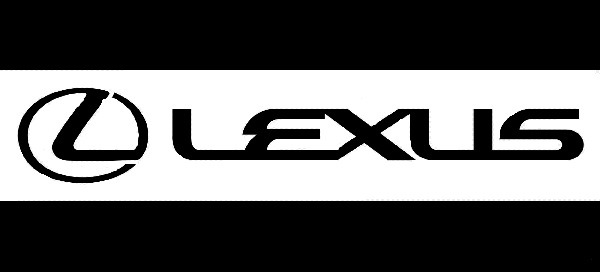Lexus is considered to be Japan’s biggest-selling brand of premium cars. And it happens to be the luxury vehicle division of one of the largest car manufacturers in the world, Toyota Motor Corporation. Lexus started as a covert sedan project and as a challenge that was issued by Toyota’s founder, Eiji Toyoda, to create the world’s best car. That’s why Toyota started a secret project in 1983, which they called “Flagship One.” Since then, Lexus became one of the world’s leading luxury car manufacturers. That’s why in this article, we are going to talk more about Lexus.
Important Events in Lexus History
1989-1993
After going through several extensive development processes that involved several technicians, engineers, designers, prototypes, and support workers, the first-ever Lexus car, which is the Lexus LS 400, was released in January 1989. It received positive feedback, but it also received criticism from other car columnists.
Despite that, the Lexus LS 400 did well in markets, and it was able to win several major motoring awards from respected publications such as the Wheels Magazine and Automobile Magazine. The Lexus LS 400 did an adverse effect on the sales of BMWs and Mercedes-Benz in the United States when their figures dropped by 29 percent and 19 percent, respectively.
Despite being a small fry in the automobile industry, Lexus gained customer loyalty. This was because they had to voluntarily recall 8,000 of their units because of two customer complaints. Their response was taken positively by everyone, and Lexus established a reputation that they value excellent customer service early on.
When 1990 came, Lexus started to export its units to the UK, Australia, Canada, and Switzerland, all thanks to a substantial figure they maintained during their first year of sales. After a year, Lexus’s first sports coupe, the SC 400, was released, and it was followed by the second generation ES 200 sedan, which became Lexus’ top-selling car.
1993-2000
In 1993, Lexus launched a mid-sized sport sedan called the GS 300. That same year, they debuted a certified pre-owned program making them one of the first marques to reach this distinction. The following year, Lexus released a redesign of their flagship model, which is the second generation of the LS 400. But its sales were threatened, and Lexus had to halt its operations in 1995 all because of the US government’s tariff proposal for luxury Japanese cars. Later that year, Lexus resumed their normal sales operations after they decided that the tariffs would not be imposed.
In 1996, Lexus debuted its first-ever luxury SUV, which is the LX 450, and it was followed by their 3rd generation sedan, which is the ES 300. After the discussion about the tariff, Lexus started planning the development of an SUV model. That’s why it gave the marque their first luxury crossover SUV, which is the RX300 and their 2nd generation designs such as the GS 300 and GS 400 in 1998. After the RX 300 performed well in the market, Lexus launched sales in Brazil in 1998. And the following year, they sold their millionth vehicle in the US market.
2000-Present
In 2000, Lexus released a series of entry-level sports sedan they called the IS line and their first convertible car, the SC 430 was released after a year. Lexus continued to perform well in the market during the following years. They were able to launch two mid-sized SUVs, which are the SC 430 and the LS 430.
In 2004, Lexus was able to sell its two-millionth car in the United States. And in 2005, Lexus officially separated from its parent company, Toyota. Later that year, Lexus introduced a series of new-generation cars. For the first half of 2006, Lexus experienced a slow sales rate. Still, it then improved considerably in later months because they expanded their lineup.
After Lexus released its expanded lineup, it was followed by sales successes in North Korea and Taiwan in 2005, wherein they also became the top-selling import marque. Lexus also performed well in the Middle East and Australia, which led them to launch their products in Malaysia and South Africa in 2006. After a year, they also introduced their products in Chile, Indonesia, and the Philippines.
In 2011, Lexus launched its first hybrid hatchback. They called the CT 200h along to penetrate Europe and multiple markets. But when the earthquake and tsunami happened in Japan in 2011, it hindered Lexus’s production big time. That’s why they no longer became the top-selling premium brand in the United States.
Check out all the many different luxury car brands to find your next ride.

